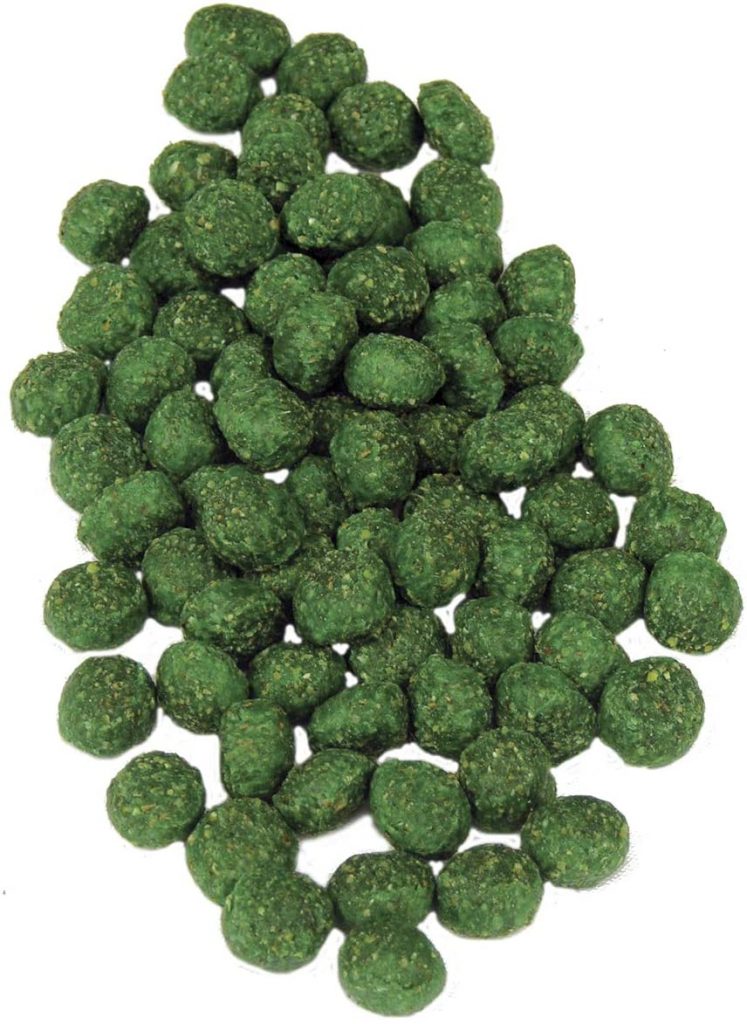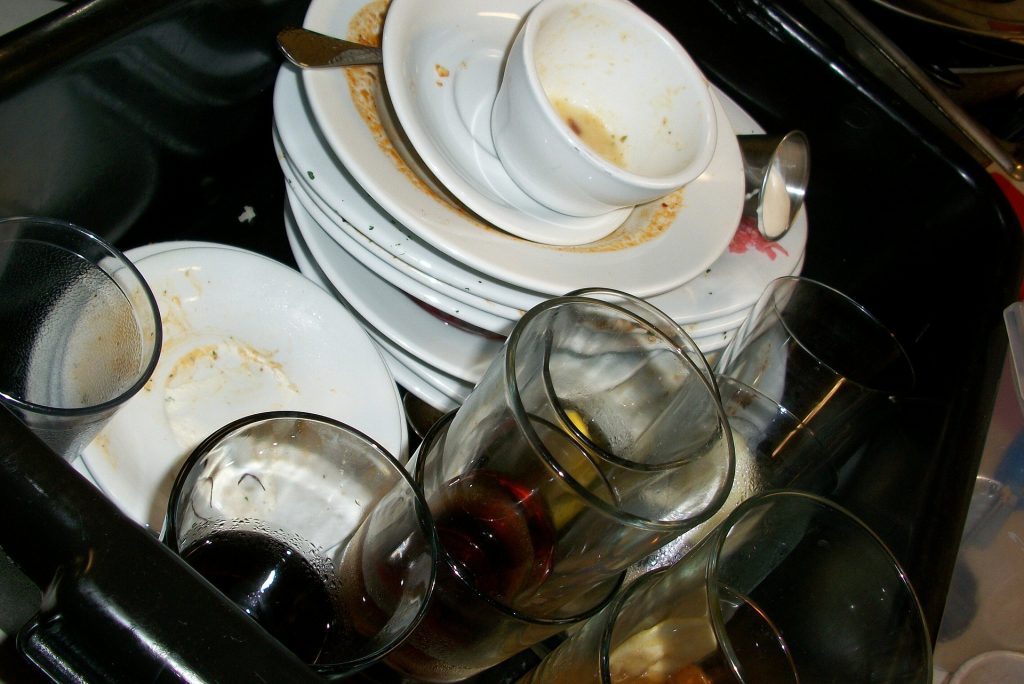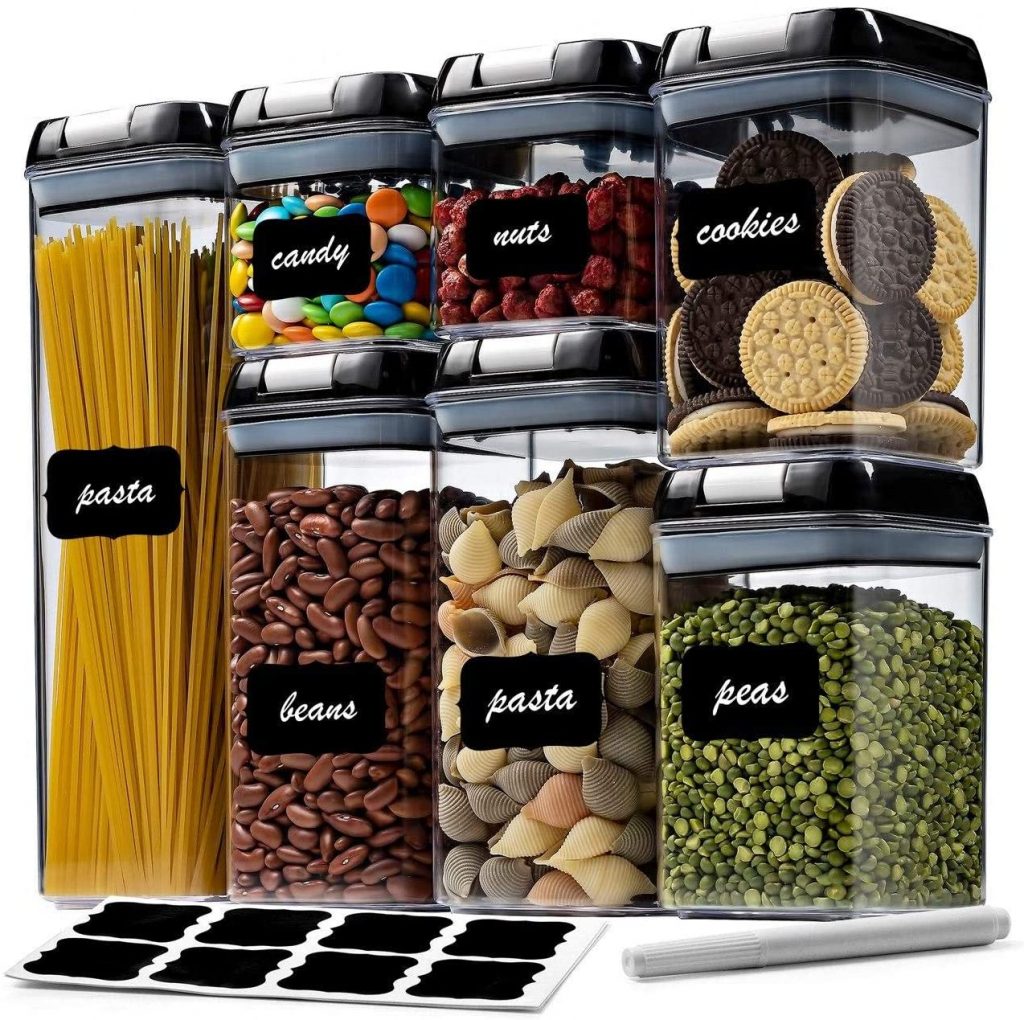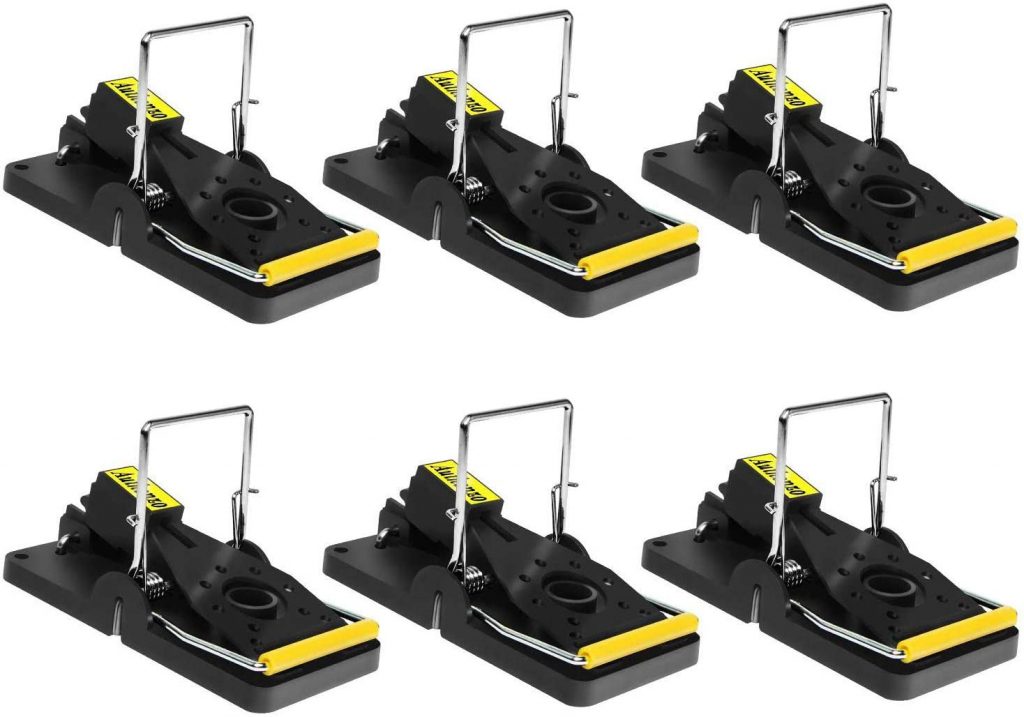Are you looking for the best ways to get rid of mice in a house? Here are a few considerations to keep in mind.
It’s common to find mice droppings all over your kitchen counters and stove. Some mice also leave tears in your fine upholstery and markings on your furniture. Not to mention, they pee on everything.
The thought of living with creatures so unsanitary sends you up a wall.
To add, you know that house mice spread various diseases that could leave your family sick. What’s worse, mice carry a retrovirus called Mouse Mammary Tumor Virus (MMTV). This tumor may be linked to breast cancer in humans, according to research.
To cohabit with a house mouse is risky and does more harm than good (they eat cockroaches and other small insects).
So, what is the best way to get rid of mice in a house?
You’ve come to the right hub.
In this article, we will explore what is the best way to get rid of mice, and then talk about the best ways to get rid of mice in a house (there’s a difference). We look at things you can do should you spot these tiny critters dodging in hard to visit places.
What Is the Best Way to Get Rid of Mice?
The best way to get rid of mice is to practise prevention. If you learn the art of preventing mice from coming indoors, you wouldn’t need to worry about them to begin with, right?
Practicing prevention as the best way to get rid of mice means excluding them from your home. As a matter of fact, ‘exclusion’ is the most permanent and successful way to control mice.
But “what is this exclusion”, you might ask?
Exclusion means putting things in place to prevent house mice from coming indoors. A typical house mice is about 5 to 7 inches long. They can squeeze through holes and openings wider that quarter of an inch.
To exclude house mice, focus on sealing up cracks and holes that they can enter through. Avoid patching up cracks and holes using paper. That doesn’t work, as house mice can easily gnaw through paper. Stainless steel scouring pads are great plugs to use as a temporary measure.
Cracks and holes in your building’s foundation should be sealed. Openings around utility cables, vents, and water pipes should be closed with concrete or metal.
Your doors and windows can also be weak links in your line of defence against mice. When closed, they should be shut tightly to prevent mice from passing through. Screenings do not prevent mice from gaining access into your home. They will gnaw through it; that’s how determined these nuisances are.
Where to Find Gaps Outside of the Home to Prevent Mouse Entry
- Plumbing lines
- Around doors and windows
- Vents (crawl spaces and attic)
- Beneath doors
- Electrical lines
- Rafters, eaves, and gables
- Gas lines
- Between window louvres
- Cracks in walls
Where to Find Gaps Inside of the Home to Prevent Mouse Entry
- Around doors
- Pipes under sinks and washing machines
- Behind, inside, and under kitchen cabinets and stoves
- Around fireplaces
- Dryer vents
- Between the floors
- Wall juncture
- Cracks in walls
- Laundry room floor drains
- Basement crawlspaces
- Floor vents
Here are a few things that will prove useful when trying to exclude mice from your home:
- Metal sheeting
- Cement
- Lath metal or lath screen
- Steel wool
- Caulk
- Hardware cloth
Best Ways to Get Rid of Mice in a House
You found this article on the best ways to get rid of mice in a house because you have an existing problem.
Practicing exclusion will keep mice on the outside where they are, but it’ll also keep those on the inside indoors.
What does this mean? Exclusion cannot get rid of an already established mice infestation. For any mice control technique to work, a combination of factors must be used.
The list to follow highlights some of the best ways to get rid of mice in a house.
Mice Traps
Traps are suitable when a handful of mice exist indoors – whether in the kitchen, garage, attic, basement, etc. This is one of the best ways to get rid of mice in a house, especially when there are only a few mice.
Setting traps require patience and a bit of strategy, however.
Mice are curious. However, when a new object comes up in their path, it may take a while before they start poking their noses at it.
Traps are easy to use. You simply bait and set them in a mouse’s path. One of the best places to set a trap is where you usually find their droppings consistently.
Mice traps also offer convenience, and you’re able to check the progress of your mice-catching venture.
Typical wooden snap traps also make a sound when its victim is caught. This allows for quick disposal before decay begins. It’s a cheap and quick option when you need to rid your home of mice.
Lures for snap traps vary. Baits include peanut butter, cheese, and even a bit of left-over chicken. Rats are omnivorous and will eat anything. (Some will chew on objects, like a leather watchband.)
It is their eating habit that makes them difficult to have around. You simply cannot starve a mouse.
In addition to snap traps, other options include:
Baits
Baits do two things–attract and kill mice. These are made using food (the lure) and a rodenticide (toxin). Many baits formulated to kill mice are also harmful to wildlife and domesticated animals. When kept around the home in ‘seen’ locations, children might become exposed to it.
Since mice are “shy” to certain things, you may need to leave baits undisturbed for a few days.
Baits, however, is an effective way to get rid of mice in your house when there’s a heavy infestation. When used properly, this method is golden.
Before buying a bait, it’s important to note that some kill mice slowly. This happens between 2 to 6 days. These rodenticides are also crafted to prevent accidental poisoning in case a domesticated animal eats it. This way, they can receive treatment before the toxin takes effect.
Some mice may also overdose on a rodenticide. If you have cats at home, they might eat a poisoned house mouse. To lessen this likelihood, always apply baits according to the manufacturer’s instructions.
When rodenticides are used indoors, you will have to dispose of decaying mice. It’s important to consider this factor when using traps. After eating a bait, some mice will die in hard-to-reach areas, which means you could have a stinky situation on hand.
Always use bait toxins designed for indoor use. (Although it’s not uncommon to find options label for both indoors and outdoors use.)
Common mice baits include:
- D-Co n Corner Fit Mouse Poison Bait Station with 1 Trap and 20 Bait Refills
- Neogen Ramik Green Fish Flavored Weather Resistant Rodenticide Nuggets
- Motomco 008-22920 198889 Tomcat with Bromethalin Meal Bait
*Different states have different regulations concerning mice baits. Try to become familiar with yours to stay compliant.

Neogen Ramik Green Fish Flavored Weather Resistant Rodenticide Nuggets
[button-green url=”https://amzn.to/36mAaj6″ target=”_self” position=”center”]Buy On Amazon[/button-green]
Rodent Repeller Devices
There is little evidence (controlled research) to suggest that rodent repeller devices work. However, raves from verified purchases on sites like Amazon seem to dictate otherwise. As it seems, homeowners may well be having success with an ultrasonic repeller device.
So how does an ultrasonic repeller device works?
This device gives off regular repeated sounds that are above the range of human hearing, that claims to repel rodents. It’s simple to operate and only requires that you plug it in.
In all honesty, this device is a hit-and-miss. There aren’t enough controlled trials to say why it works, especially on rodents. It’s also a matter of choice. Look at what other homeowners are saying, and then determine if it’s something you want to give a try.

Predators
There are animals that predate mice. Some are domesticated and can be kept indoors to get rid of them. Some cats and dogs, for example, do target mice. Domesticated animals may not be able to curb a bad infestation but may hunt and kill a mouse that strays indoors.
*Some domesticated animals may deter mice from coming indoors.
If predators are used to get rid of mice, it should be used alongside traps. It shouldn’t be wholly relied upon. In some areas, mice cohabit with cats and dogs. When these predators are absent, mice tend to emerge and feed on their food.
Mice seem to be instinctively wise and know how to go around domesticated animals
Other predators of mice include:
- Ferrets
- Weasels
- Falcons
- Snakes
- Mongooses
- Red foxes
- Owls

Good Sanitation
Mice are difficult to control.
This is because they can survive with little food and eat anything.
Practicing good sanitation isn’t one of the best ways to get rid of mice in a house, but it does help. Mice and rats are attracted to poorly kept homes. In fact, they thrive in homes that are rarely cleaned, with piles of dishes stacked in kitchen sinks and clutter lying around.
In some cases, the smell of unwashed dishes and opened disposal bins attract them indoors.
Removing clutter is also a great option. This makes it obvious to spot an infestation as they will have fewer areas to hide and pitch nests.
Good sanitation practices also protect you and your family. Should mice leave urine behind, keeping an uncluttered home will reduce your chances of coming in contact with it. Mice not only enjoy peeing on kitchen counters but will make a mess of your bathroom face basin.
Eliminate Food Sources
Proper storage of food prevents contamination and disease transmission. Here are a few pointers to consider to mice-proof your food:
- Seal food in thick containers.
- Avoid leaving food scraps and spills behind.
- Clean up dirty dishes and put away.
- If you cook outside, keep those areas clean.
- Avoid leaving pet foods out, even overnight.
- If you feed birds and other animals outdoors, keep this activity away from the house.
- Use an appropriate garbage container and keep shut.
- Compost bins should be kept away from the house.
When storing food inside, do so in containers rodents can’t get into.

7 Pc Airtight Food Storage Container Set – Kitchen & Pantry Organization Containers – Labels & Chalk Marker.
[button-green url=”https://amzn.to/39tqvJv” target=”_self” position=”center”]Buy On Amazon[/button-green]
Share the Love
If you’ve enjoyed reading this article about the best ways to get rid of mice in a house and found it helpful, please share.
You can pin the article on Pinterest or share it on Facebook. Any platform of your choice is fine.
Sharing our content with friends and family helps to keep the lights going so that we can continue to help you deal with simple and serious pest problems at home. As usual, we welcome any questions you may have.
Please make use of the comments section below.



